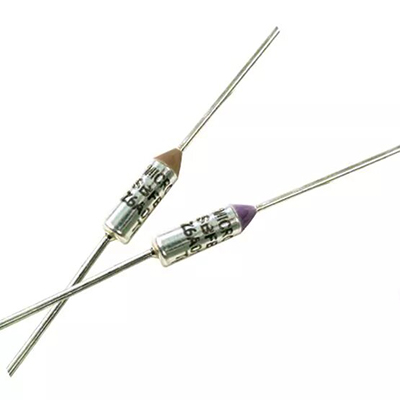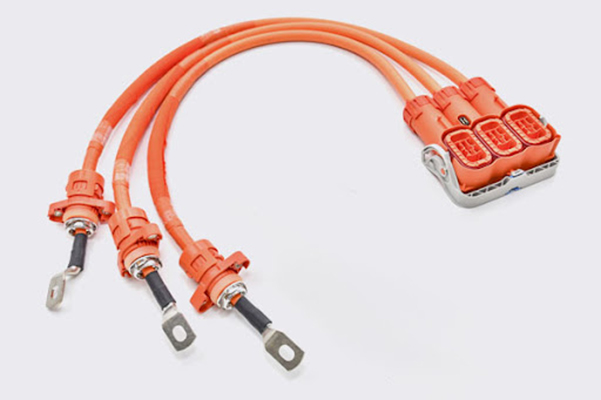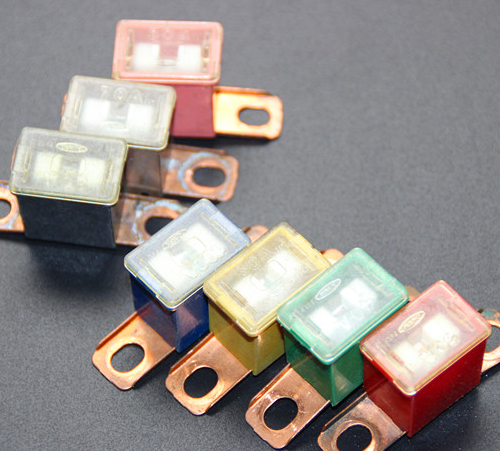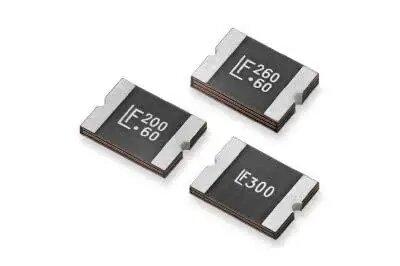Exploring 50A Glass Fuse Applications in Automotive Electrical Systems
News 2025-10-27
The 50A glass fuse serves as a critical safety component in automotive circuits, designed to protect electrical systems from overcurrent and short circuits. This fuse type, with its glass tube and metal end caps, is widely used in vehicles due to its reliability and ease of replacement. In automotive applications, it safeguards components like lighting systems, motors, and battery circuits by interrupting excessive current flow, preventing damage and potential fires. Understanding its role helps in maintaining vehicle safety and efficiency, making it a staple in modern car designs.

Applications in Automotive Systems
Glass fuses rated at 50A are essential in various automotive contexts, including high-power circuits for accessories and main electrical lines. They are commonly found in cars, trucks, and electric vehicles, protecting elements such as power windows, audio systems, and engine control units. In scenarios involving heavy loads, like starting motors or charging systems, these fuses ensure that surges do not cause system failures. Their compact size allows integration into tight spaces within dashboards or under hoods, enhancing overall vehicle design and functionality.
Performance Advantages
The 50A glass fuse offers superior performance through its fast-acting response to overcurrent, minimizing damage in automotive environments. Constructed with high-temperature glass, it withstands vibrations and thermal stress common in vehicles, ensuring longevity. Compared to ceramic alternatives, glass fuses provide visual indication of failure via the melted element, simplifying diagnostics. This transparency aids technicians in quick assessments, reducing downtime. Additionally, their standardized sizing supports easy sourcing and interchangeability, boosting maintenance efficiency in automotive repair.
Frequently Asked Questions
1. What is a 50A glass fuse used for?
It protects automotive circuits from excessive current, commonly in high-amperage applications like motor controls.
2. How do you install a 50A glass fuse?
Insert it into the fuse holder with correct orientation, ensuring secure contact to avoid poor connections.
3. What differs a glass fuse from a blade fuse?
Glass fuses offer visual failure indication and are often used in older or specialized systems, while blade fuses are more compact for modern dashboards.


